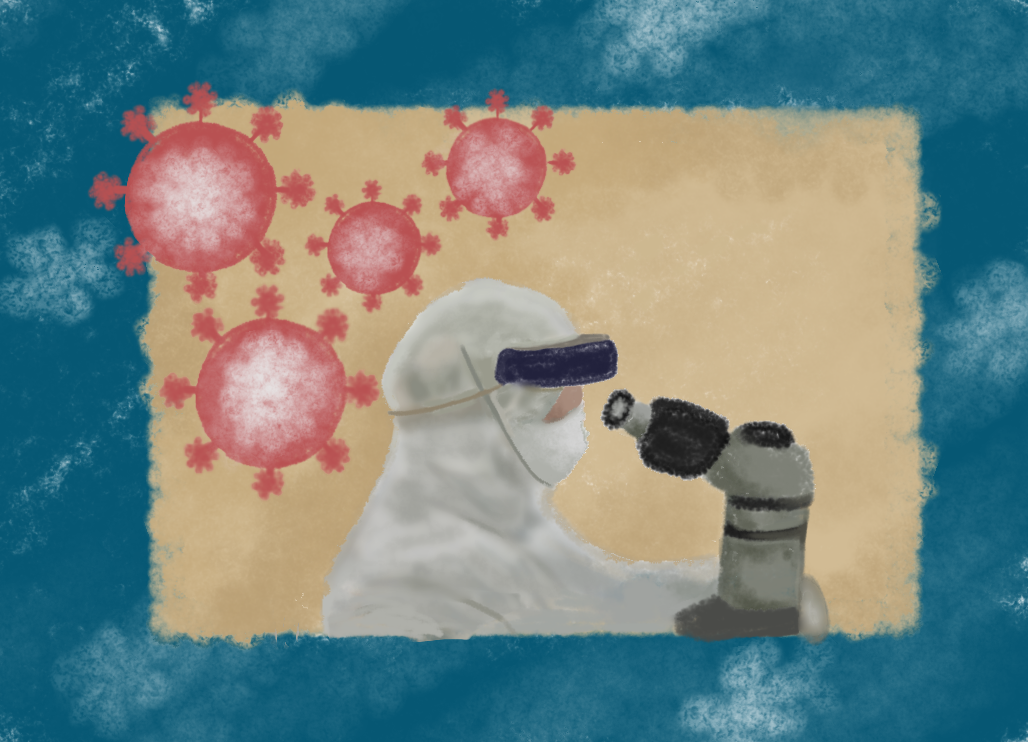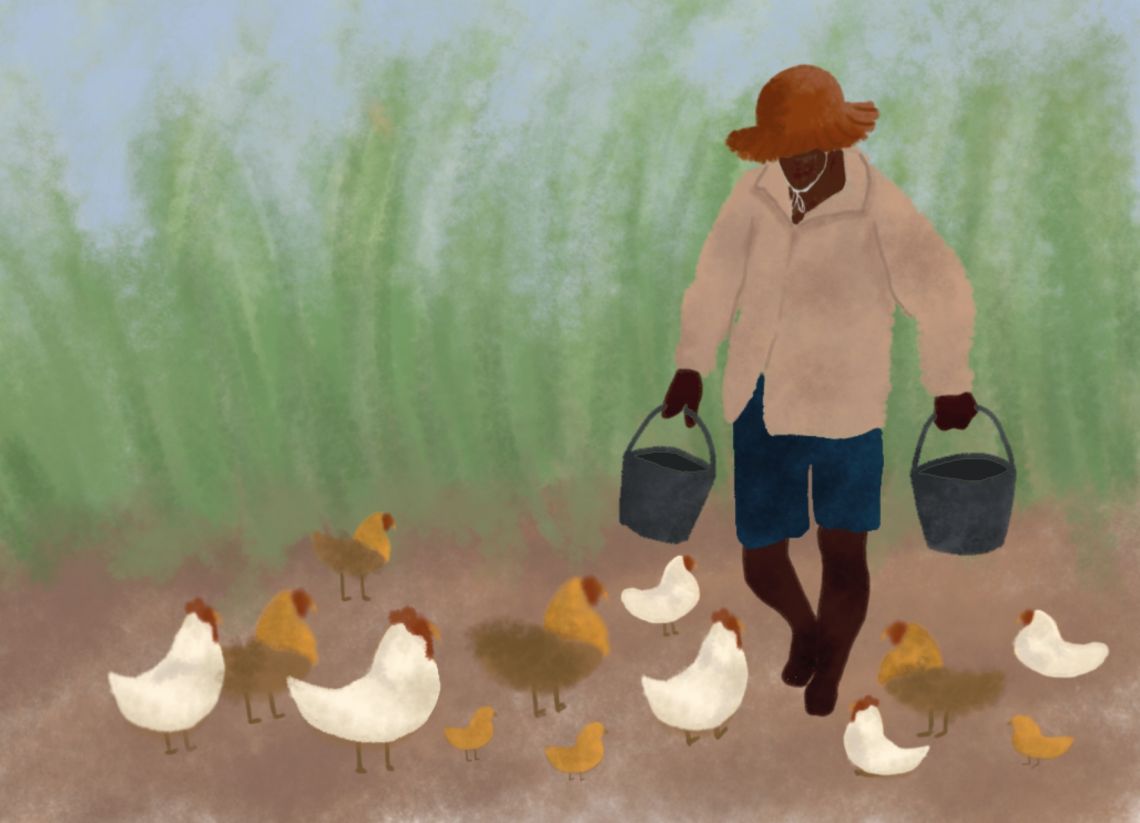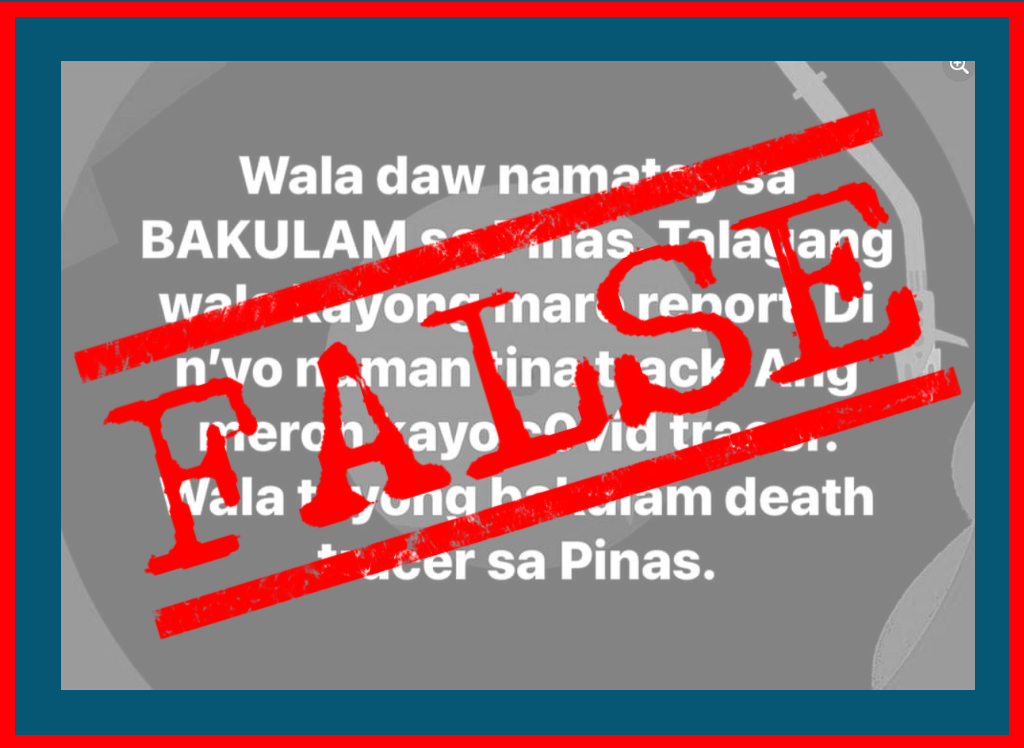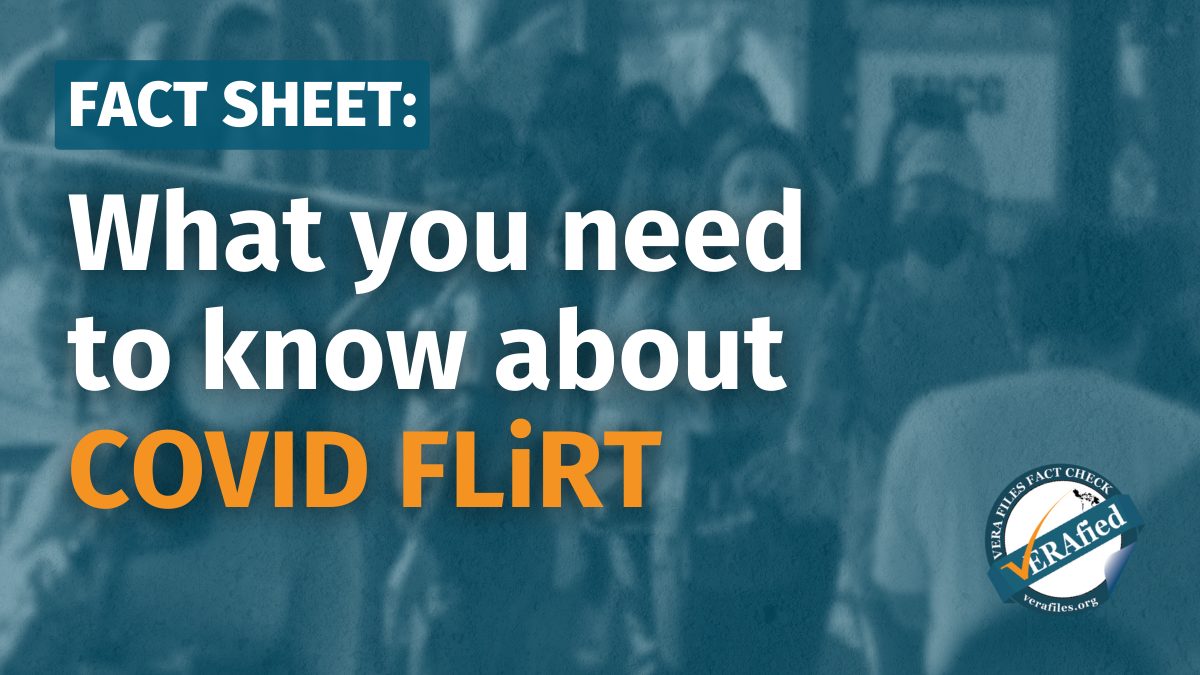This is the second of a two-part series. Click here to read the first part.

Photo from VERA Files
Whether or not a strain of an avian influenza (AI) can potentially spread and become a pandemic like the novel coronavirus (COVID-19), measuring the pandemic potential of such viruses is “not straightforward,” according to Dr. Annabelle Briones, an expert in viruses and viral diseases.
Briones is the head of the Industrial Technology Development Institute (ITDI) at the Department of Science and Technology (DOST) located in Taguig City, Metro Manila.
Months after the World Health Organization (WHO) identified COVID-19 as a pandemic, a team of virologists from the Department of Science and Technology (DOST) was tasked to focus on a project to assess the pandemic potential of local animals.
Seven members of this team are from the Balik Scientist Program or the government initiative encouraging Filipinos to return to the Philippines to contribute to the scientific, agro-industrial and economic development of the country.
The team, led by Briones, will spend the next three years until 2024 in developing a testing kit to detect avian viruses and coronaviruses in chickens and civet cats.
The project is about the development of antibody test kits for COVID-19 and avian viruses using Enzyme Immunoassay.
The Enzyme Immunoassay or Enzyme-Linked Immunosorbent Assays (ELISA) is the “gold standard” procedure that looks for and assesses the presence of antibodies or proteins made in response to attacks which may be harmful to the body of both animals and humans.
Briones specifically mentioned civet cats because it is where SARS-CoV-1, the virus behind the severe acute respiratory syndrome (SARS), was discovered.
“For influenza, we want to look at chickens, which are natural carriers of avian flu. By isolating and studying the genome and antigens of the viruses we will find, we can then make a library of the genes and proteins that make up the viruses which can be the springboard for future research on virology,” she said in an email to VERA Files.
This library will be used to create antigens and antibodies which will be used for the diagnosis and eventually, vaccination and treatments for such zoonotic diseases.
Briones suggested that the country could use a repository of viruses and gene sequences that can greatly help in designing testing kits and vaccines in the case that a virus from an animal source is transmitted to humans.
The DOST will collaborate with the Department of Environment and Natural Resources (DENR) in acquiring samples from areas rich in biodiversity or from places identified as hotspots for epidemics through the latter’s Ecosystems Research and Development Bureau and Biodiversity Management Bureau.
Briones said other concerned national government agencies and local government units may also be consulted.
‘One Health’ approach to the next pandemic
No animal reservoir has been verified to be the cause of the COVID-19 crisis. A study, published in the United States’ National Institutes of Health on Nov. 26, 2020, said it is “premature” to classify the disease as zoonotic.
Zoonoses are infectious diseases found in animals that humans can contract, which may be due to contaminations from bacteria, viruses, or parasites.
The researchers’ recommendation was to call it an emerging infectious disease of probable animal origin.
As the pandemic has ravaged lives for more than a year, health authorities highlight a “One Health” approach in understanding and confronting future health risks, such as those posed by the avian flu.
One Health is a collaborative, multi-sectoral, and disciplinary approach at the local, regional, and national level, recognizing the interconnections of concerns among humans, animals, and the environment.
“The areas of work in which a One Health approach is particularly relevant include food safety, the control of zoonoses and combating antibiotic resistance (or when bacteria change after being exposed to antibiotics and become more difficult to treat),” said the WHO in a statement published on Sept. 21, 2017.
In 2020, a guideline was issued to set up the Philippine Interagency Committee for Zoonotic Diseases (PhilCZ) “as the functional and sustainable ‘One Health’ mechanism” in the country that will boost the coordination between the animal-human health and environment sectors to prevent and control zoonoses nationally and locally.
The DOH, DA and the DENR’s Biodiversity Management Bureau form the PhilCZ. For local cases, LGUs, under the command of mayors and governors, are in charge of the surveillance and response activities.
“We share information, especially during outbreaks for public health measure and response,” said Mariz Blanco, head of the Public Health Event-based Surveillance Unit of the Department of Health (DOH), who added that the agency was in “strong coordination” with animal health counterparts with regard to detecting diseases.
Through the proposed Virology Institute of the Philippines (VIP) under the DOST, the government also seeks to boost the country’s resilience during public health emergencies by leading the research and development of vaccines and testing kits, as well as the diagnosis and treatment of viral diseases.
(See VERA FILES FACT SHEET: Inside the proposed health agencies for virology and disease control)
Briones, whose study is part of the VIP, said the Philippines’ rich biodiversity makes it a “good reservoir for viruses.”
This means, the DOH said, the country needs to be even more vigilant than most. The agencies under the PhilCZ, in fact, have their own surveillance systems on different infectious diseases and monitoring of clustering of cases that can be potential for an outbreak of a new disease in animals and humans.
The DOH houses the Philippine Integrated Disease Surveillance and Response system and the Event-Based Surveillance and Response or the process that involves early reporting of a health event; the DA has the Philippine Animal Health Information System; and the DENR has the Biodiversity Management Bureau.
These agencies monitor sites in the three major islands – Luzon, Visayas and Mindanao – particularly for migratory birds.
Briones said it is “not impossible” for these birds, which usually visit the Philippines due to its warm climate and food source, to carry zoonotic viruses.
From tourism to indigenous peoples’ practices of hunting wildlife, Filipino culture often involves close interactions with wildlife, she added.
Ricardo Calderon, Executive Director for the treaty-based intergovernmental organization Asian Forest Cooperation Organization (AFoCO), said deforestation can lead to more spillover of animal pathogens into people as it causes the fragmentation of the habitats of wildlife for both plants and animals.
“For wild animals that are known sources of zoonotic diseases, the fact that the forested areas are fragmented, the tendency for wild animals and human interaction increases…The tendency for wild animals to go out of their natural habitat to feed increases interaction with domestic animals or farm animals who have regular interaction with people,” he said.
But the DOH also notes that people need not go to wildlife areas to potentially carry the virus as coming into contact with potentially infected animals in places such as schools, parks, petting zoos, and fairs may also get them infected with viruses that cause zoonoses. Bites and scratches can cause the infection.
The agency emphasizes the importance of frequent handwashing, especially when handling food, as it can help minimize risk of transmission.
Apart from these preventive measures, the Health department looks to the DA in its program on biosecurity for livestock that includes “ensuring the safety of the workers in the industry, training, and reporting mechanism.”
“Owners of domesticated animals are also advised to ensure that animals are properly caged and have a specific area to minimize exposure and handling,” the DOH said in an email to VERA Files.
Ensuring meat and other animal products are cooked and prepared properly is another way to minimize risk of animal-to-human infection.
Under the Biological Threat Reduction Program, the DA and the United States-Defense Threat Reduction Agency, developed the Plan of Actions and Milestones (POA&M;), a five-year-long road map outlining goals to address food safety concerns.
The document was made to help establish the DA biosafety, -security and -surveillance (BSS&S;) system, which is the overarching institution composed of relevant agencies, such as the Bureau of Animal Industry, led by the National Steering Committee to provide policies and guidance in their activities. Such includes biosurveillance, which looks at threats to plant, animal and human welfare.
To further enhance the agency’s monitoring capacity, especially its Influenza-like-illness (ILI) surveillance, Executive Order 280 was enacted by former president Gloria Macapagal Arroyo.
The 2004 order designates the Secretary of Health as the “overall Crisis Manager” for AI to regulate the movement of people coming to and from infected areas with confirmed and suspected cases.
This was passed following the SARS-CoV-1 outbreak to catch any strains of influenza either seasonal or Avian that could affect both humans and animals.
Briones said although it is “impossible” for humans to stop living with animals, which may potentially harbor viruses, the public “should not be terrified as pandemics of zoonotic viruses may happen elsewhere in the world.”
“We have to be prepared by knowing what these zoonotic viruses are, how they can be transmitted to humans, and how to prevent them from doing so.”
This story is published by VERA Files under a project supported by the Internews’ Earth Journalism Network’s Zoonotic Diseases and One Health Story Grants for 2021.




